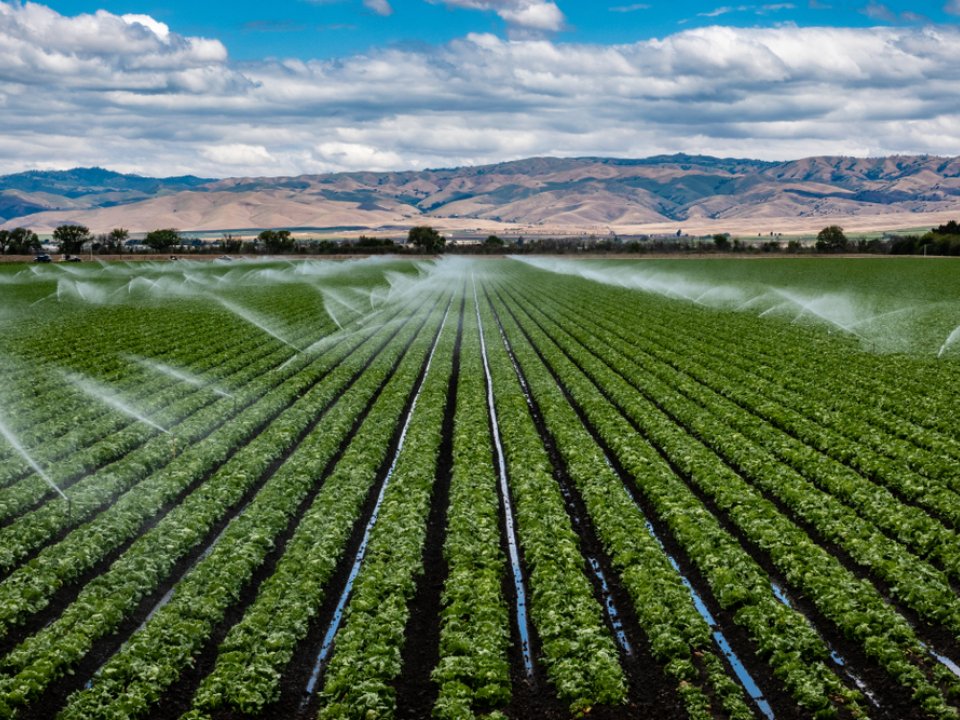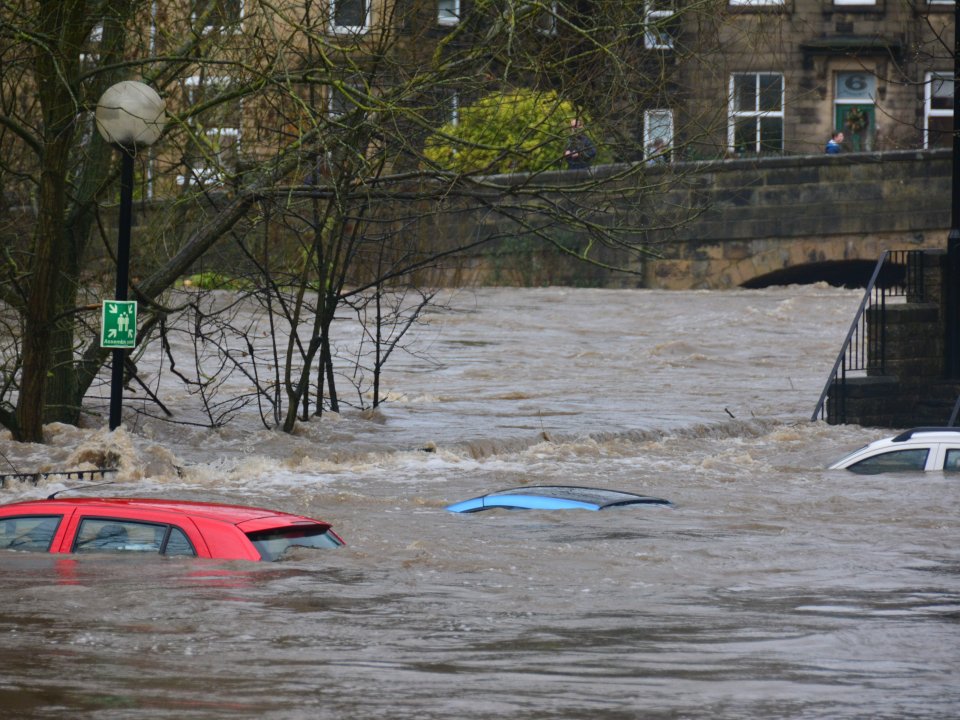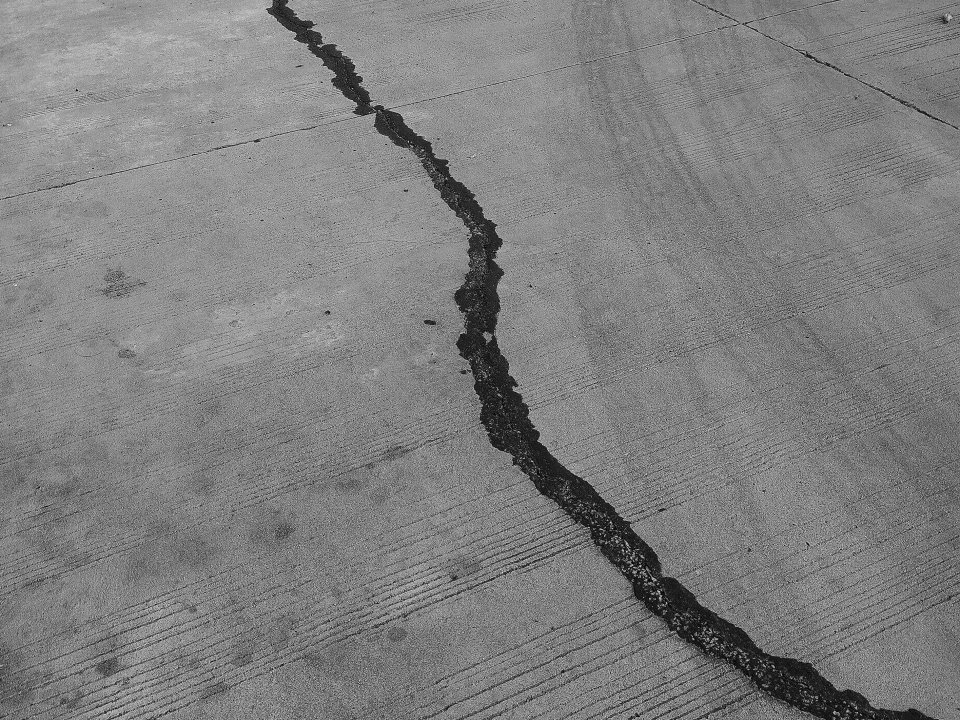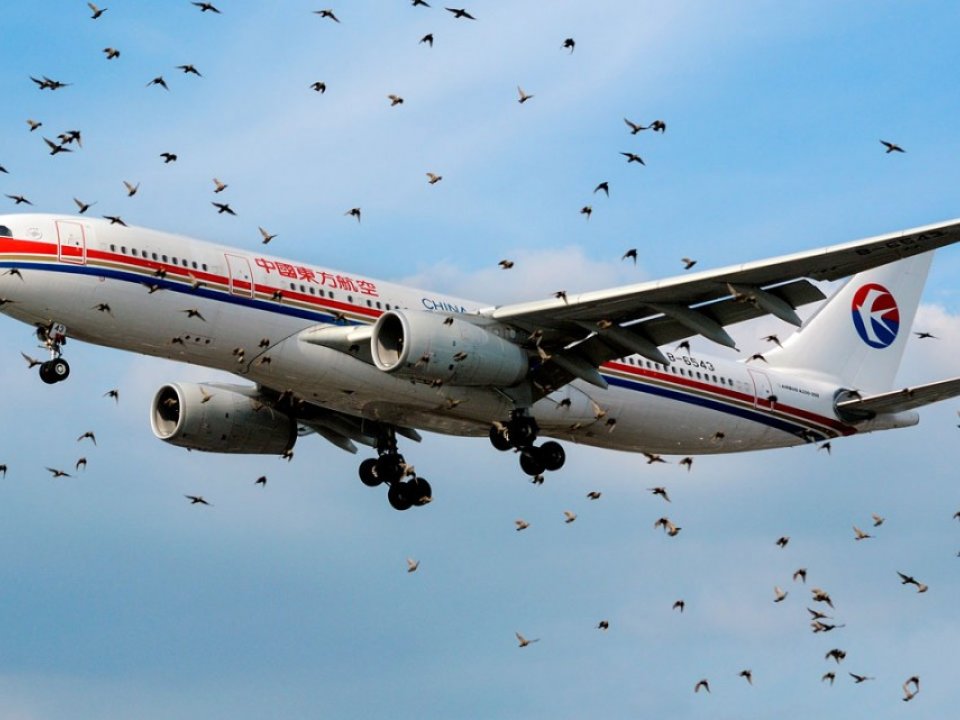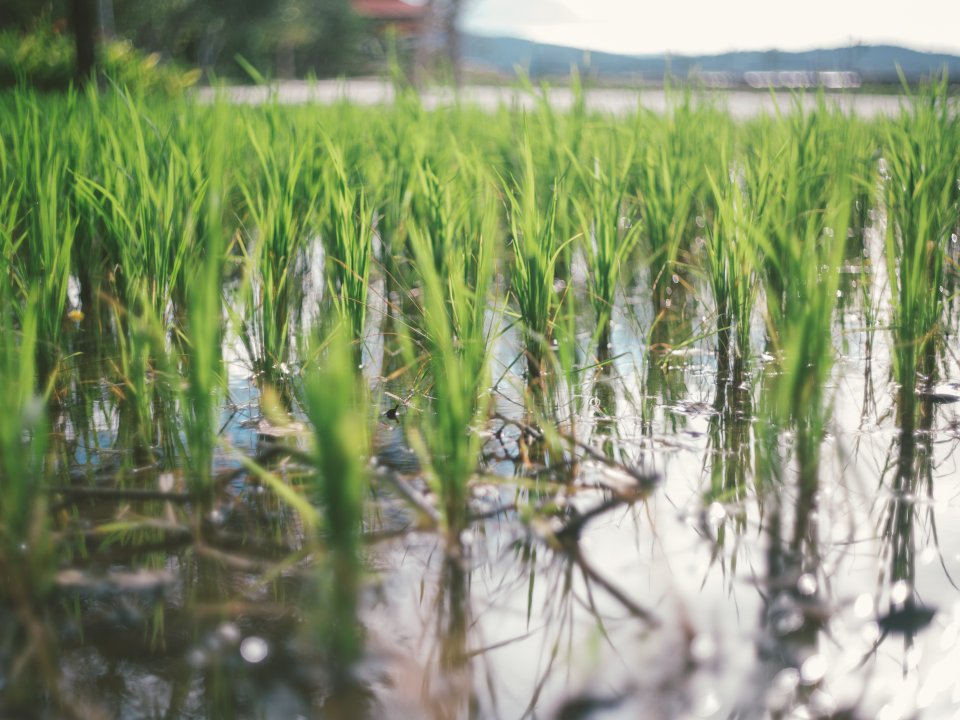News
A team of researchers from the Lab of Ornithology and a few Canadian universities finds that reduced human activity in the spring of 2020 led to changes in the migratory patterns and habitat use of birds across the U.S. and Canada.
“If you want to make space for water, that means making space for water by moving people out of those places,” says Linda Shi, assistant professor in the department of city and regional planning, noting that infrastructure improvements can only buy time.
This piece on how climate change will alter where many crops can be grown mentions research by Ariel Ortiz-Bobea, associate professor of applied economics, finding that “since 1971, climate change resulting from human activity has slowed growth in agricultural productivity by about a fifth.”
Growing flood risks raise difficult questions regarding risk perception, protective actions, and government response. In this newly published article, John Zinda (faculty member with the East Asia Program) and Lindy Williams, a Cornell Migrations faculty member, seek to understand how flood risk affects human behavior and perception.
Bob Howarth, professor of ecology and evolutionary biology, discusses a paper he co-authored finding that blue hydrogen production may produce more greenhouse gas emissions than burning natural gas.
The risk of airplanes colliding with birds jumps by as much as 400% during periods of migration, according to new research from the Cornell Lab of Ornithology and partners, who have been looking for patterns in bird-strike data from three New York City-area airports.
“You don’t have to be a rocket scientist to know that the projections are for higher temperatures,” says Ariel Ortiz-Bobea, associate professor of applied economics and management. “So it’s pointing to an increasing slowdown of productivity growth, and that has a whole range of implications.”
María Cristina García, professor of history, says, “Unlike any other area, Central America is quite vulnerable to environmental destruction, and we’ve been seeing environmentally driven migration from there for quite some time now.”
Ariel Ortiz-Bobea, associate professor of applied economics and policy, says that there must be “greater investments in R&D and ‘climate-smart’ agriculture … to compensate for the climate change ‘headwind.’ These investments need to be done now — or yesterday.”


